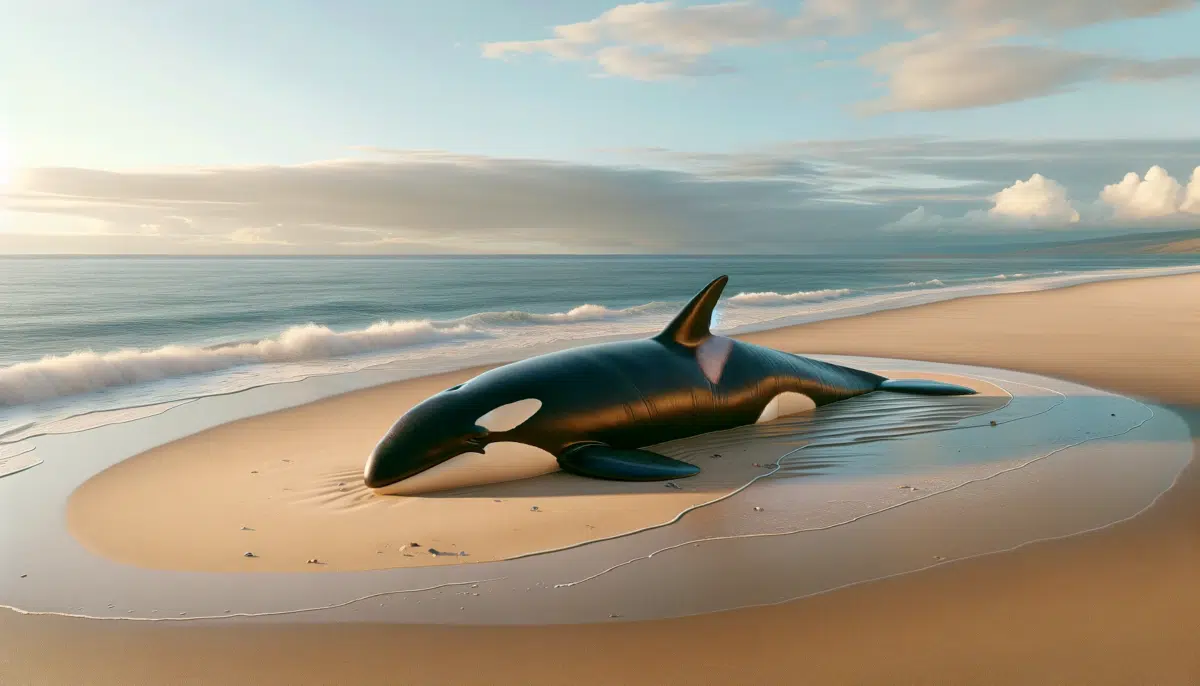Orcas, often known as killer whales, are among the ocean’s most fascinating and intelligent creatures. Their striking black-and-white appearance and remarkable intelligence make them a favorite among marine enthusiasts. This article dives into the world of orcas, exploring their characteristics, behavior, social structure, threats, and a heartwarming beached orca rescue story.
Beached Orca Rescue
In a recent heartwarming incident, the NOAA team rescued a stranded orca.
This event, captured in a video, shows the team tirelessly working to keep the orca wet and cool. They eventually managed to return it back to the ocean.
This rescue demonstrates human compassion and highlights the importance of immediate action in such critical situations.
The Magnificent Appearance of Orcas
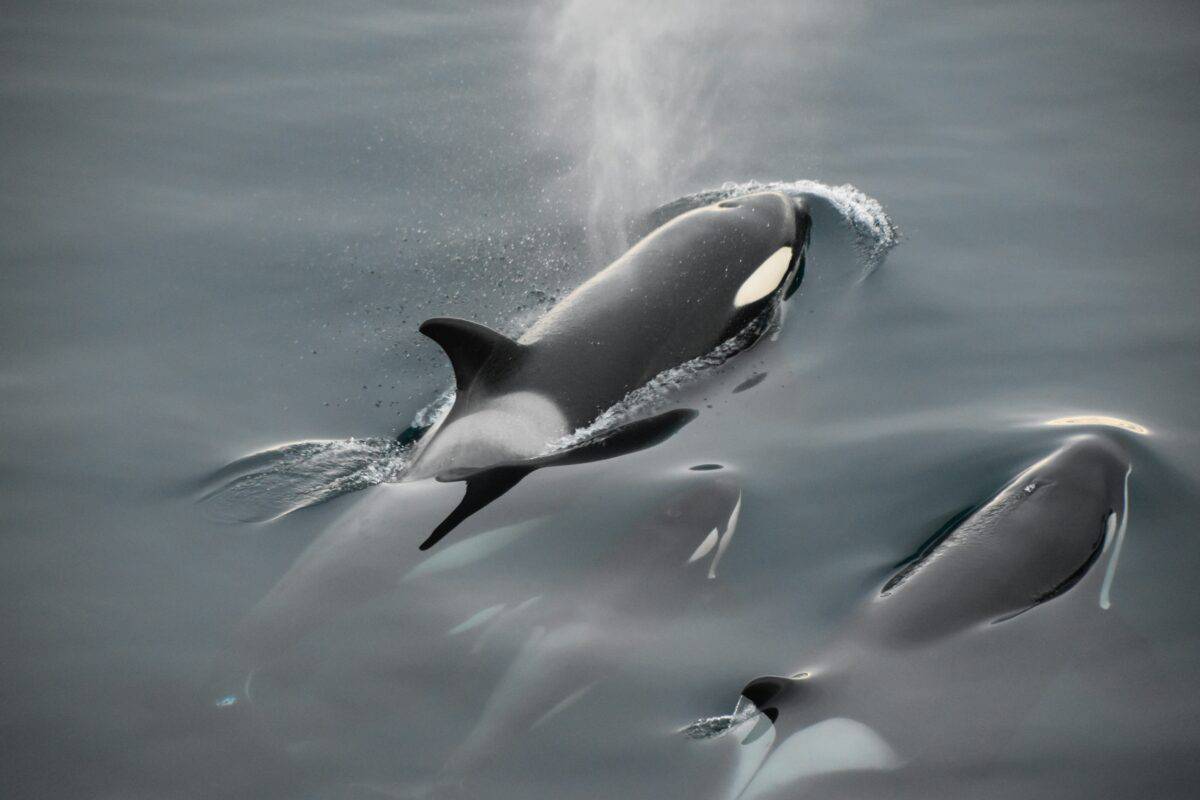
Orcas are easily recognizable by their distinctive black-and-white coloring.
They have a heavy and robust body, with males growing up to 32 feet long and weighing as much as 6 tons.
Their dorsal fin is a key feature, particularly in males, where it can reach up to 6 feet in height.
This stunning appearance not only makes them a sight to behold but also aids them in navigating their aquatic habitat.
Intelligent Hunters of the Sea
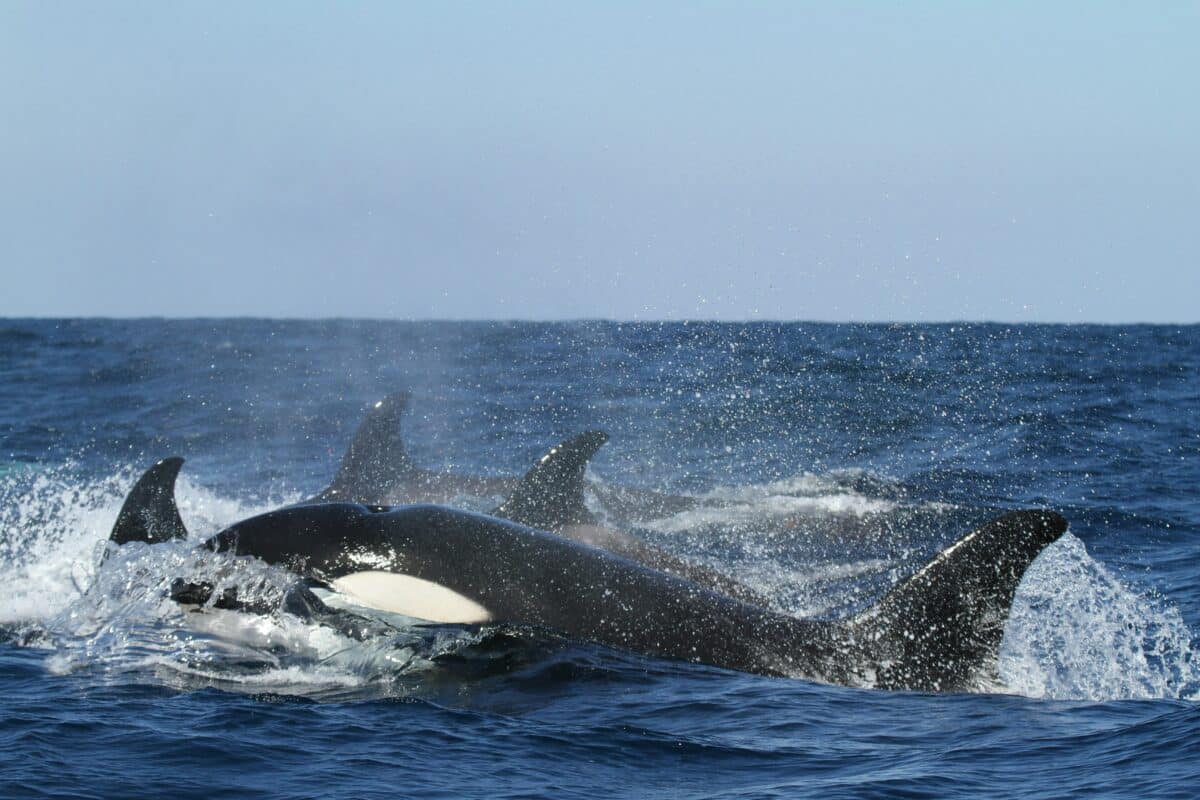
Known for their intelligence, orcas are apex predators. They have complex hunting strategies and vocal behaviors.
They often hunt in groups, known as pods, using coordinated tactics to catch prey like fish, seals, and even other whales.
Their intelligence is also shown in their ability to learn from and mimic others, a trait that is quite rare in the animal kingdom.
Social Creatures with Deep Bonds
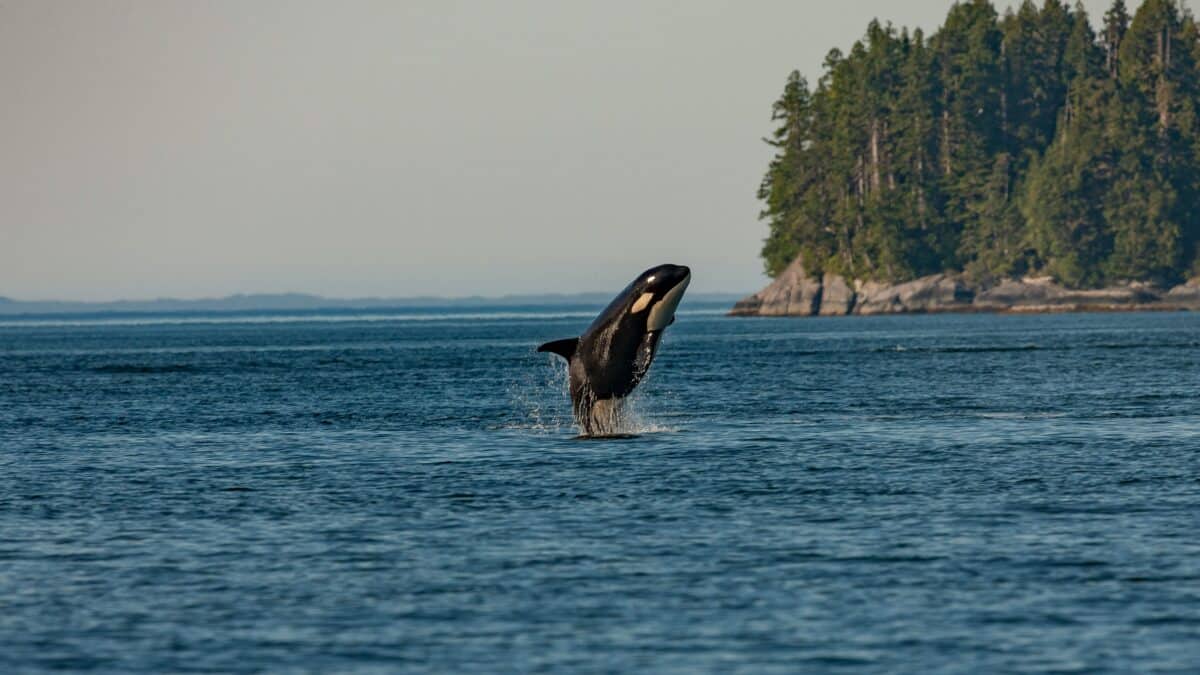
Orcas are incredibly social animals, living in matrilineal family groups.
These family bonds can be incredibly strong, with offspring staying with their mothers for life.
Communication is key in their groups, using a variety of clicks, whistles, and body language. This social nature highlights their emotional complexity and the importance of their communities.
Facing Threats in the Modern World
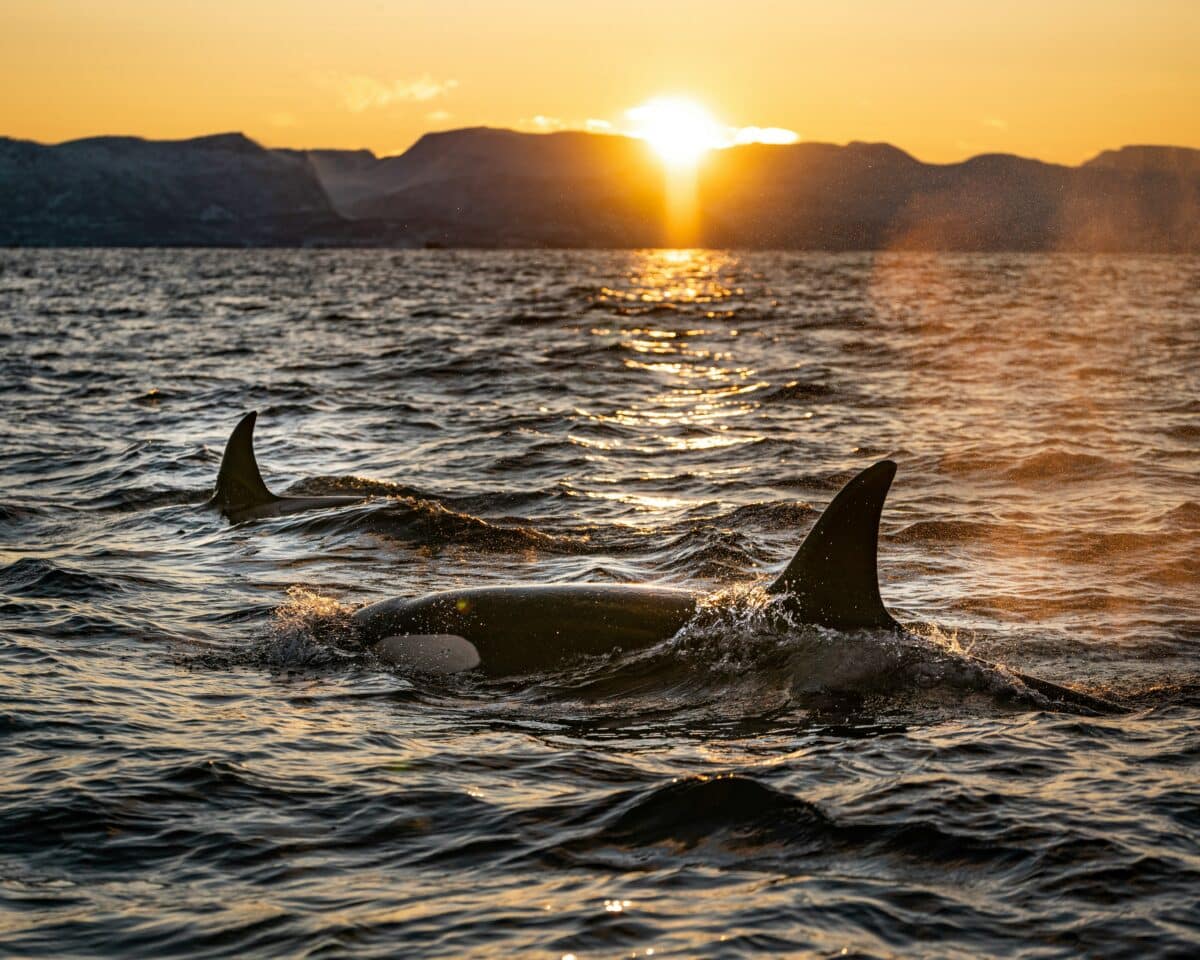
Despite their position at the top of the food chain, orcas face significant threats.
These include pollution, habitat loss, and reduced prey availability due to overfishing.
Climate change also poses a significant threat, altering their marine environment.
Protecting these magnificent creatures requires global efforts in conservation and environmental protection.
Conclusion
Orcas are magnificent marine mammals and a vital part of the oceanic ecosystem. Their intelligence, social structure, and role as apex predators make them crucial for marine health.
The successful rescue of the beached orca by NOAA serves as a powerful reminder of our responsibility towards these majestic creatures.
By understanding and respecting these animals, we can take steps to ensure their survival and the health of our oceans.
To read more stories like this, check out the articles below:
- Watch: Baby Orca Breaches
- Watch: Orcas Sink Boat After a Long Attack
- Watch: Orca Teaching Baby Whale To Hunt Dolphin
Join our Forum for free today!

- Watch As Seven Bears Scale a Single Tree - July 23, 2024
- Incredible Bond: Cute Dog and Jolly Dolphin Form Unlikely Friendship - July 23, 2024
- Brown Bear Approaches And Wiggles His Foot - July 22, 2024

